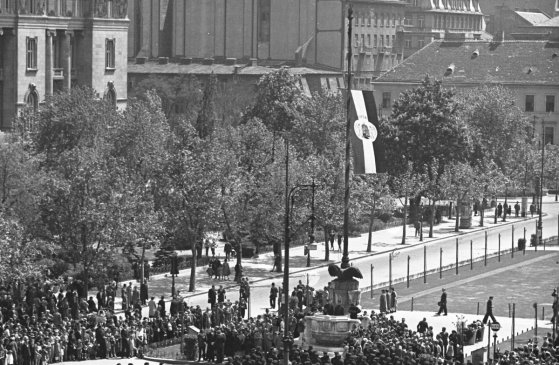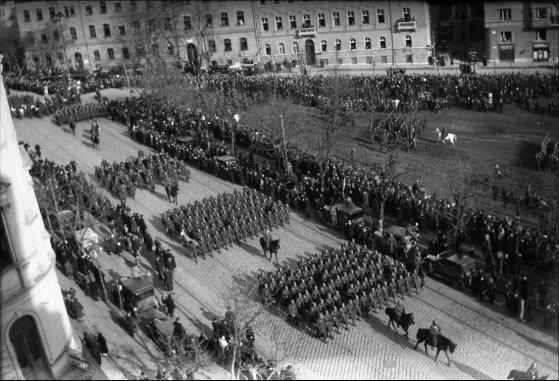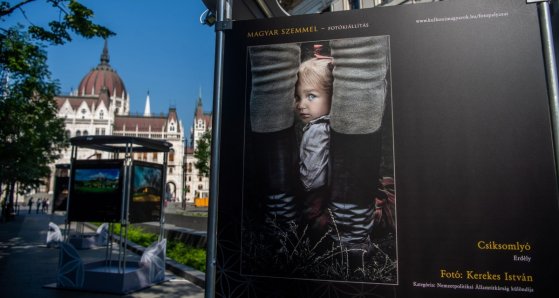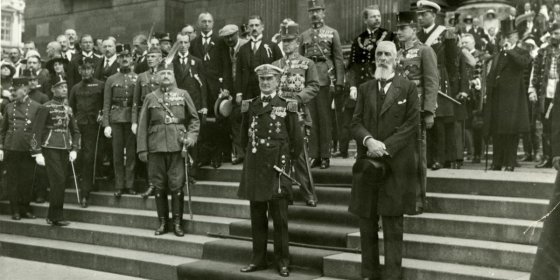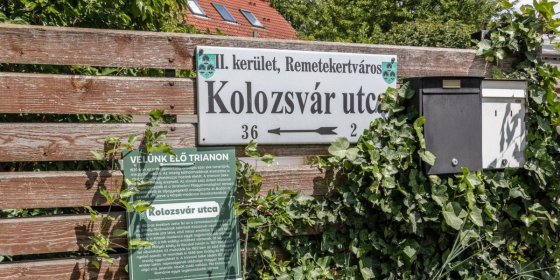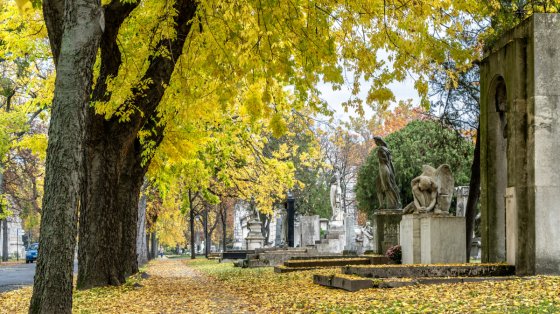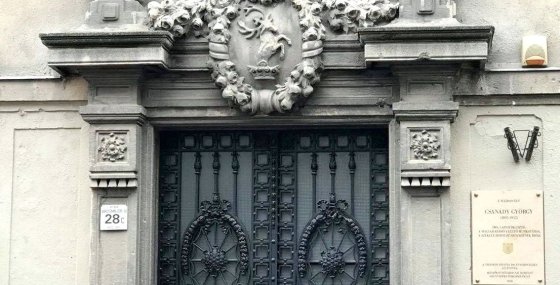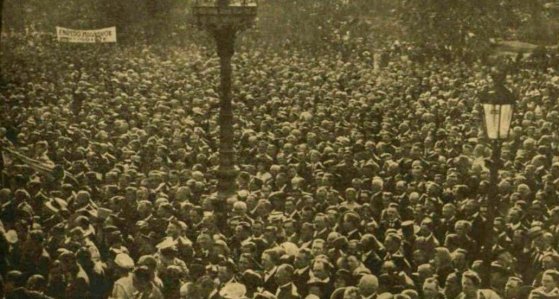 The „intertwined history” of the bridges and the city of Budapest
Which ideas and events have shaped the fate of bridges of Budapest and the cityscape? Alongside many other interesting facts, this question is also answered this newly published book by the Budapest City Archives, which introduces the history of bridges in Budapest.
The „intertwined history” of the bridges and the city of Budapest
Which ideas and events have shaped the fate of bridges of Budapest and the cityscape? Alongside many other interesting facts, this question is also answered this newly published book by the Budapest City Archives, which introduces the history of bridges in Budapest.
Trianon
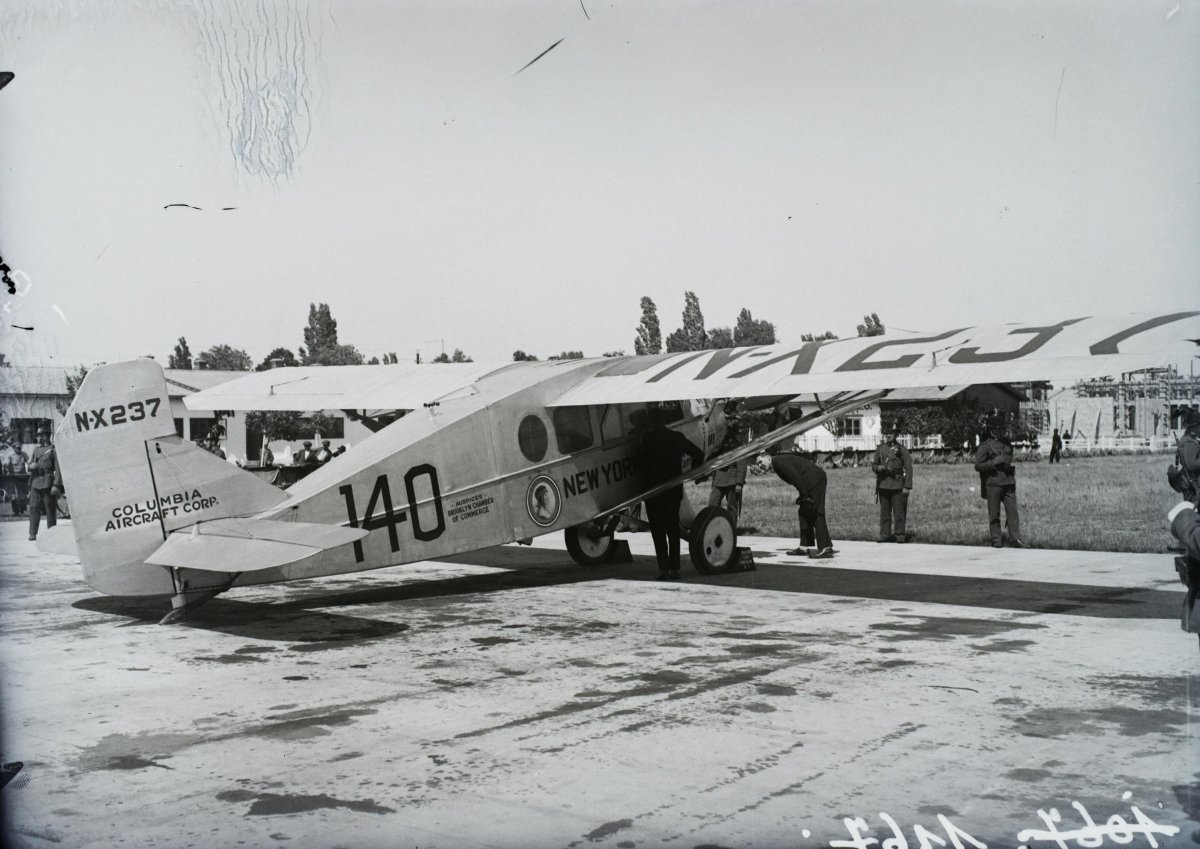 The Trianon flight ban was lifted 100 years ago
The Trianon flight ban was lifted 100 years ago
November 21, 2022 at 11:00 AM
Aviation became available to civilians after World War I. New flights appeared one after another in the passenger and mail traffic of European countries, and more and more cities were connected by aeroplanes. However, Budapest could only join air traffic later, because the ban on flights that hit Hungary based on the Treaty of Trianon remained in force until 17 November 1922.
A forgotten monument on Szabadság Square - The messages of the Relic National Flag
August 3, 2022 at 1:35 PM
Szabadság Square is still home to many statues and monuments today, and it was no different in the first half of the 20th century. After the Trianon peace decree, the allegorical statues commemorating the separated parts of the country were erected here, and then the National Flag. The latter's idea was formulated in August 1927 - ninety-five years ago - and was followed by action half a year later.
Trianon also dealt a huge blow to the Hungarian national defense - The law restricting the country's military power came into force in 1922
June 4, 2022 at 12:00 PM
The Trianon peace treaty brought ruthless provisions to Hungary from a military point of view as well: the number of the army was maximized in an extremely small number of 35,000, the number of weapons was determined, and the Hungarian military industry was essentially abolished. With the restrictive provisions, the victorious powers wanted to ensure the military superiority of the surrounding countries, and on the other hand, they wanted to ensure that Hungary did not have the opportunity to question the borders drawn in 1920. The Military Provisions Act came into force in 1922, and we commemorate that a hundred years later.
Outdoor exhibition opens at Memorial of National Unity
June 4, 2021 at 6:00 PM
The outdoor exhibition, opened on the Day of National Unity, will be visible over the weekend. The exhibition presents selected photos from the competition announced in the spirit of the Year of National Re-Start, allowing visitors to travel to near and far away places to learn how Hungarians see the world in 2021.
A square took his name before his death – Albert Apponyi was born 175 years ago
May 29, 2021 at 3:00 PM
One of the important squares of Budapest was named after him during his lifetime. One hundred years ago, he was a hero celebrated by the whole country, on whose birthday the people of the capital filled the streets. The nation's lawyer, Albert Apponyi, born 175 years ago. He earned his title with his famous speech in the negotiations leading up to the Treaty of Trianon. Although he was considered one of Hungary's greatest statesman in his life and after his death, communism tried to make people forget him after the war. Not much is reminiscent of the once-respected politician in the Hungarian capital today.
Irredentist statues erected on Szabadság Square 100 years ago
January 18, 2021 at 11:00 AM
The group of irredentist sculptures erected in response to the Trianon Peace Treaty was unveiled a hundred years ago, on 16 January 1921. One of the first spectacular responses to the treaty that ended World War I was welcomed by a crowd of 50.000. The sculptors. Zsigmond Kisfaludi Strobl, István Szentgyörgyi, János Pásztor and Ferenc Sidló cast the statues to depict everything that the territories lost only half a year earlier had meant in Hungarian history.
New interactive map lists nearly 1000 street names connected to Trianon
November 18, 2020 at 2:00 PM
A new interactive map highlights public spaces in Budapest that bare names that refer to territories, settlements, fortifications, ethnographic areas and peoples annexed by surrounding countries as a result of the dictated Treaty of Trianon that ended World War I for Hungary.
Buried in Budapest – Great Hungarian figures born beyond the modern borders of Hungary lie in the Fiumei Road Cemetery
November 2, 2020 at 9:00 AM
The number of those born beyond Hungary's present borders but buried in Budapest is almost unfathomable. Among them several well-known and respected figures. The reason is obvious, talented and ambitious youths gravitated to Budapest from all over the country before 1920, just as they do today. Many of them completed their life's work in Budapest. Walking through the Fiumei Road Cemetery one quickly realises how many great Hungarian figures were born outside of the nation's post-Trianon borders. The compilation honours their memory.
Church on Szabadság tér constructed for refugees from territories lost after Trianon
September 22, 2020 at 2:00 PM
A church can be found under 2 Szabadság Square, on the ground floor of a six-storey residential building. Wedged between two other blocks of flats, those walking along the pavement may not even realise that they had walked by a church. Few know that it was built by Hungarian refugees that moved to Hungary from areas annexed by neighbouring countries after the Treaty of Trianon that ended World War I.
The Székely national anthem was first played in Budapest – Memorial plaque unveiled on the lyricist's home
July 19, 2020 at 3:00 PM
While many Hungarians know the lyrics to the Székely national anthem, while the work written soon after the Treaty of Trianon was signed quickly became symbolic of Hungarian unity, few know the name of the writer who originally wrote the lyrics: György Csanády. To honour the writer's memory, born 125 years ago, a memorial plaque has been unveiled on the 12th-district house he lived in.
The mourning Budapest - The traffic of the capital and the heartbeat of the nation stopped 100 years ago
June 4, 2020 at 7:00 PM
On that day, no shops were opened in Budapest, no performances were held, cafés, restaurants and clubs remained closed. In the schools of the capital, the teachers told the students about the injustice they had experienced in Hungary, moved, with tears in their eyes. A multitude of people expelled from the torn-off area staged a silent protest on Andrássy Avenue against the 4 June Treaty of Trianon. All Pest newspapers were shocked to report on the fragmentation of Hungary, and regardless of party affiliation, they unanimously rejected the Paris decision.
More articles
 The „intertwined history” of the bridges and the city of Budapest
Which ideas and events have shaped the fate of bridges of Budapest and the cityscape? Alongside many other interesting facts, this question is also answered this newly published book by the Budapest City Archives, which introduces the history of bridges in Budapest.
The „intertwined history” of the bridges and the city of Budapest
Which ideas and events have shaped the fate of bridges of Budapest and the cityscape? Alongside many other interesting facts, this question is also answered this newly published book by the Budapest City Archives, which introduces the history of bridges in Budapest.
 The Bridge Report, which brought a turning point in the history of Budapest
A travel report that changed the history of Pest and Buda, as well as Hungary. The little book contributed to the change of half a thousand years of legal customs and the implementation of an investment of unprecedented size and technical quality. This book was The Bridge Report [Hídjelentés in Hungarian].
The Bridge Report, which brought a turning point in the history of Budapest
A travel report that changed the history of Pest and Buda, as well as Hungary. The little book contributed to the change of half a thousand years of legal customs and the implementation of an investment of unprecedented size and technical quality. This book was The Bridge Report [Hídjelentés in Hungarian].
 Drama on the university wall - The heroic monument was planned 95 years ago
In the constant hustle and bustle of the Egyetem Square in Pest, the students may not even notice the monument that decorates the short section of wall between the church and the central building of ELTE. However, it commemorates their predecessors, the heroes who fought for their country in World War I, and those who heroically helped them. The first design of the dramatically collapsing soldier was born in 1928, ninety-five years ago.
Drama on the university wall - The heroic monument was planned 95 years ago
In the constant hustle and bustle of the Egyetem Square in Pest, the students may not even notice the monument that decorates the short section of wall between the church and the central building of ELTE. However, it commemorates their predecessors, the heroes who fought for their country in World War I, and those who heroically helped them. The first design of the dramatically collapsing soldier was born in 1928, ninety-five years ago.

